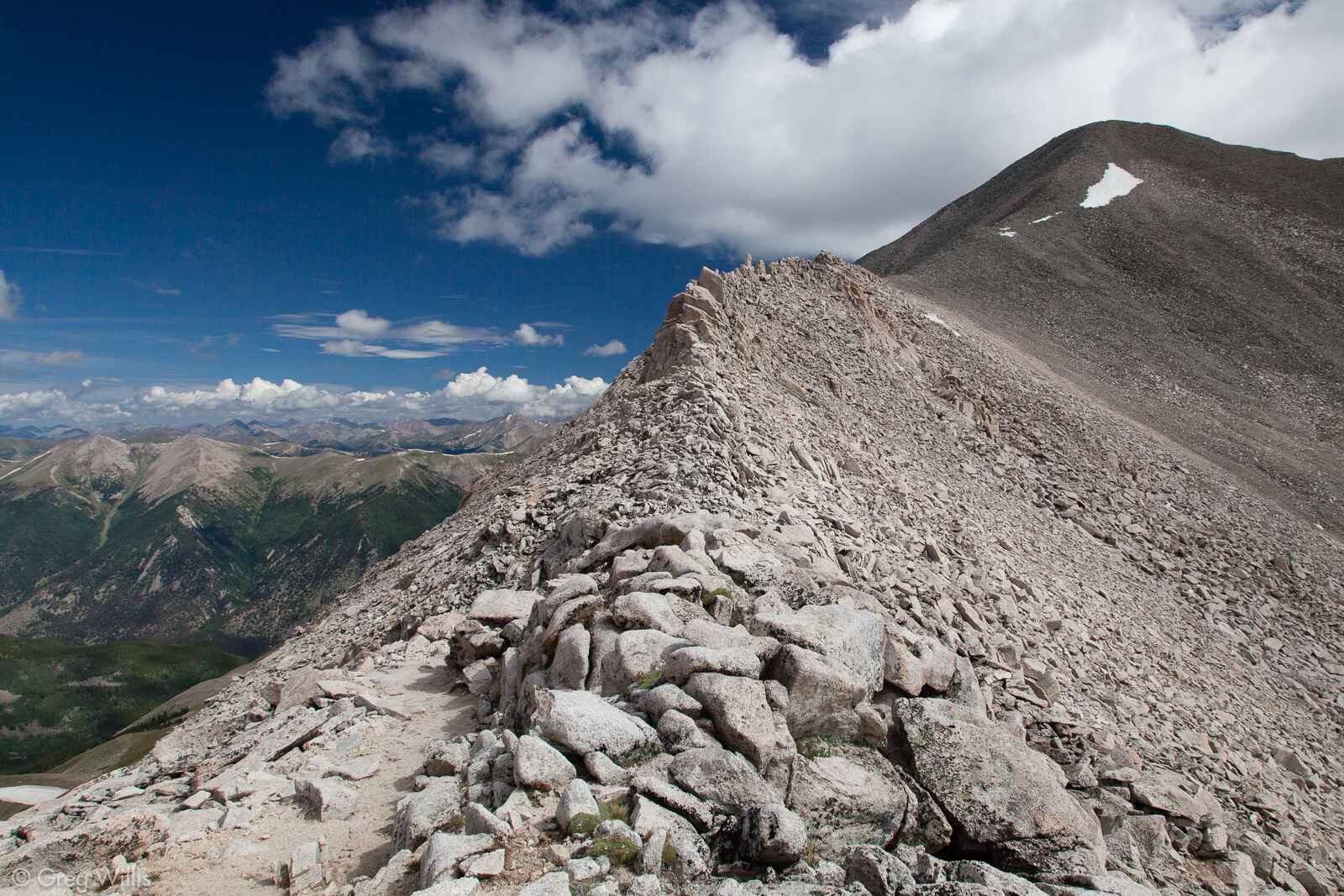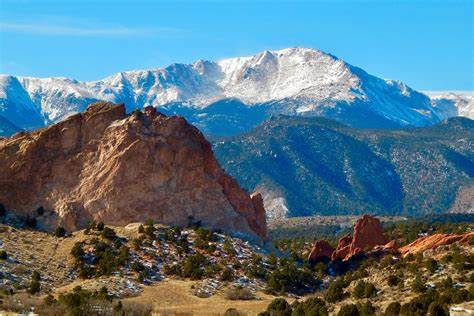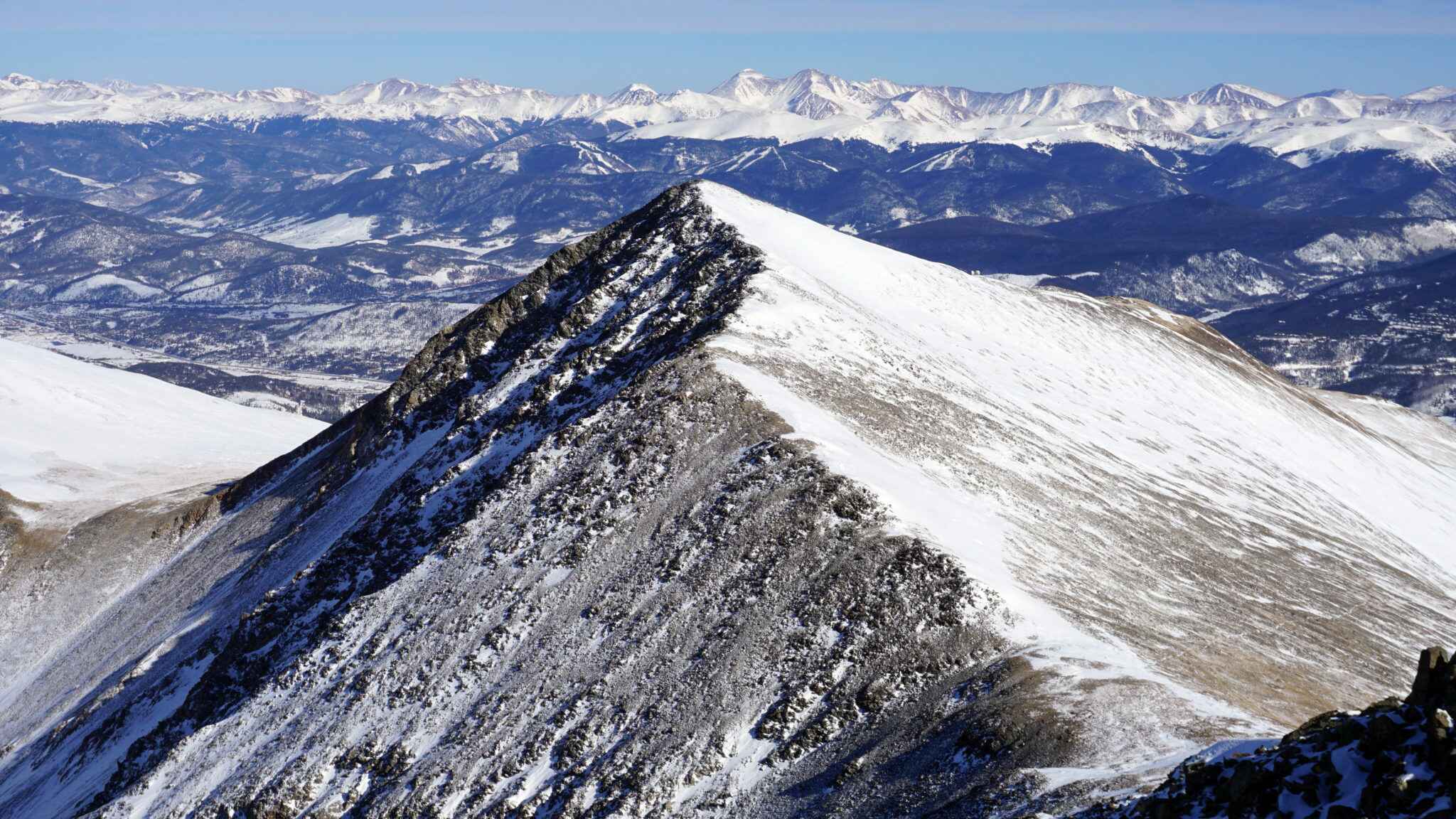Rockhounding At Devil's Head
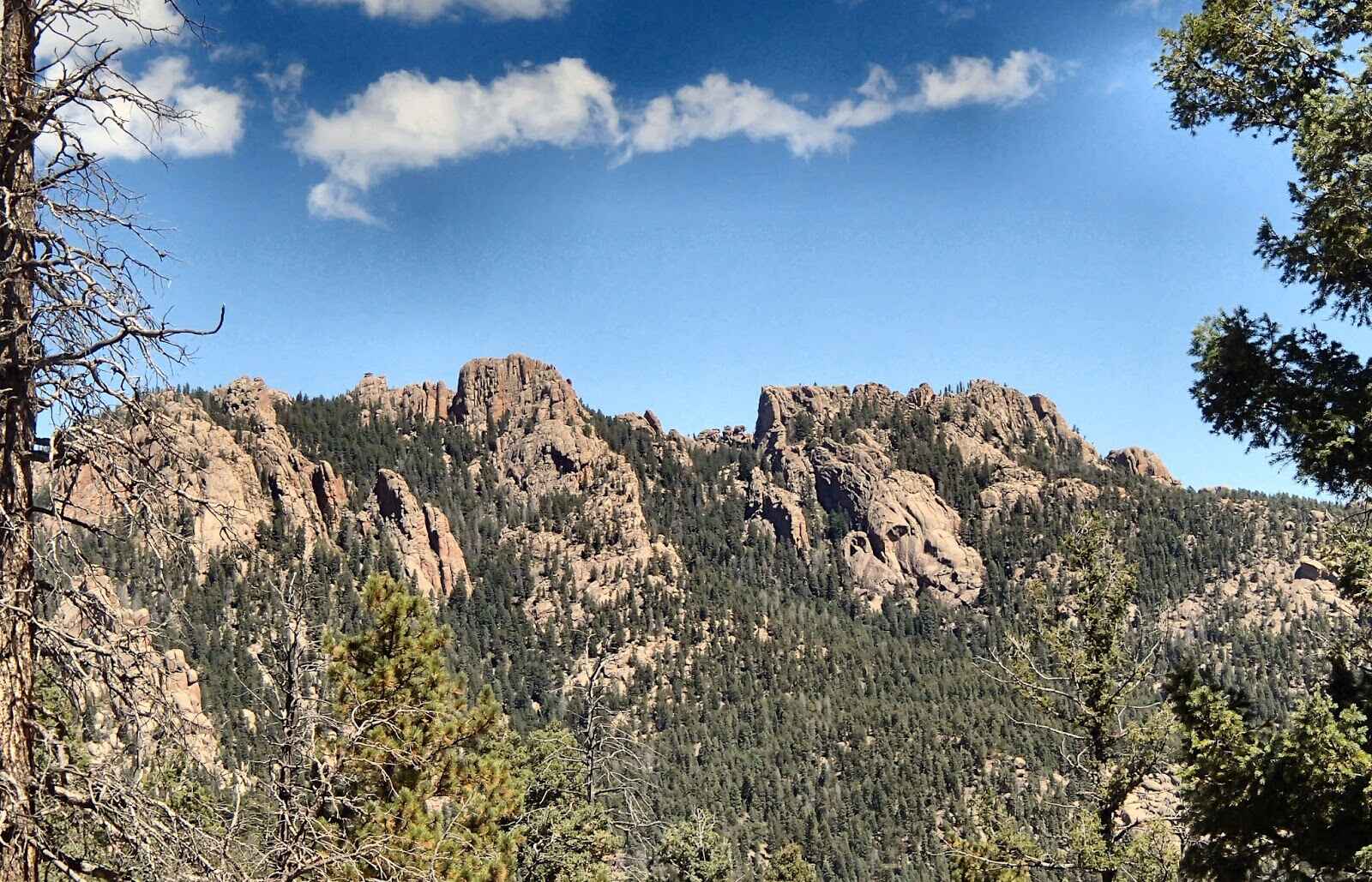
Devil's Head, located in the Pike National Forest of Colorado, is a renowned destination for rockhounding enthusiasts. This area is celebrated for its rich deposits of amazonite, smoky quartz, and topaz, attracting collectors from all over. The distinctive geological features of Devil's Head offer a unique experience for those interested in unearthing beautiful minerals and gemstones.
The area's name is derived from the unique rock formations that resemble a devil's head, adding a touch of mystery and allure to the location. Visitors to Devil's Head can expect to find not only beautiful specimens but also enjoy the breathtaking scenery and outdoor activities the region offers. The combination of natural beauty and the thrill of discovering your own treasures makes Devil's Head a cherished spot for rockhounding adventures.
Rockhounding at Devil's Head offers a unique opportunity to explore ancient geological formations and discover beautiful minerals. With the right preparation and respect for the environment, you can enjoy a successful and enjoyable rockhounding adventure. The area offers a unique opportunity to explore a variety of minerals in a beautiful mountainous setting.
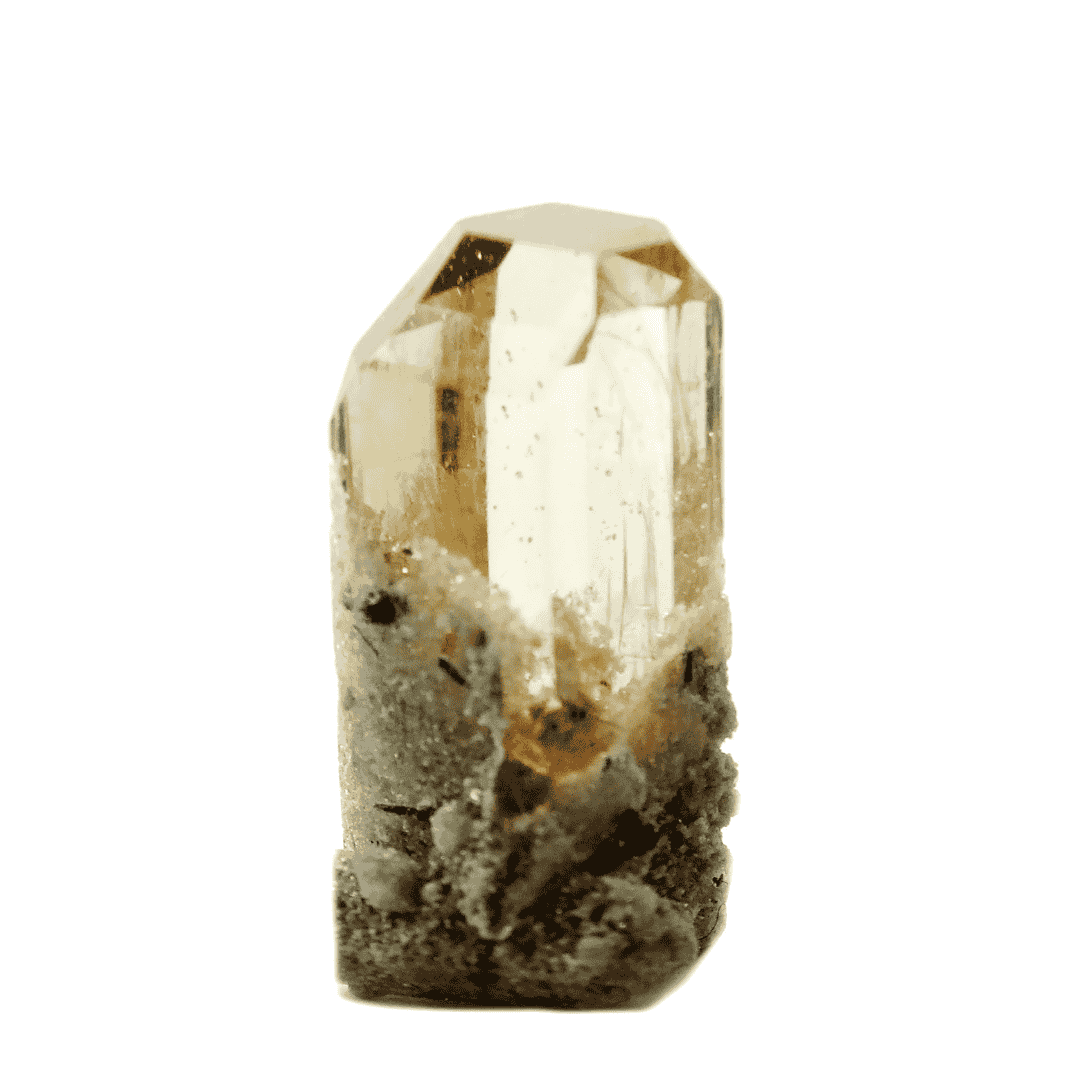
Crystals and Gemstones At Devil's Head
At Devil's Head, rockhounds and collectors can find a variety of minerals and gemstones, including:
- Amazonite: Known for its vibrant green-blue color, amazonite is the star attraction here.
- Smoky Quartz: Available in various shades from light gray to deep black, often found in crystal form.
- Topaz: Typically colorless or pale blue, topaz is a prized find in this area.
- Other Minerals: Occasional finds may include fluorite, feldspar, various micas, and garnet, adding variety to the collection.

Topaz Crystal Sample
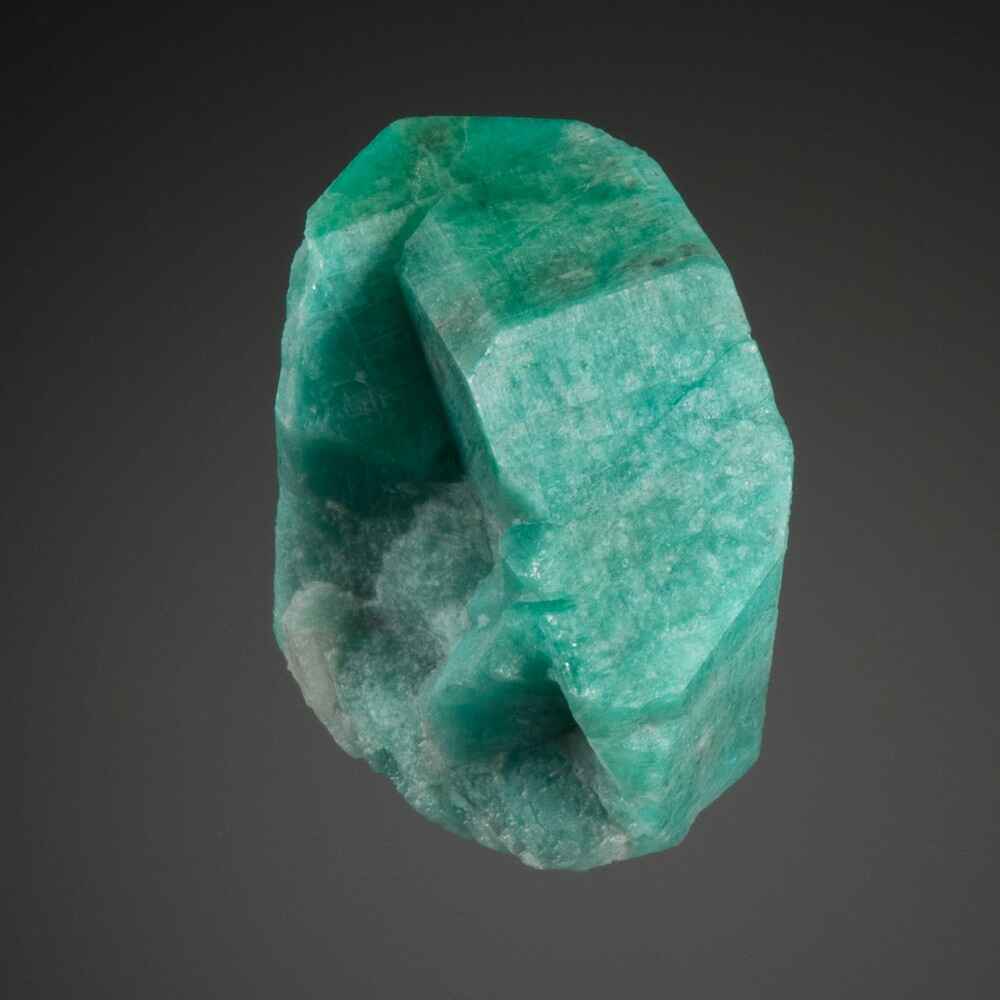
Amazonite Sample
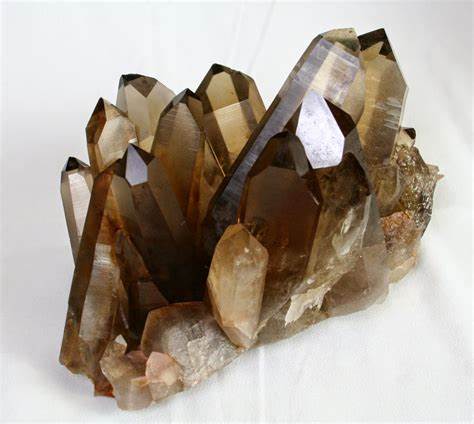
Smoky Quartz Sample
Location of Devil's Head
Devil's Head is situated in the Pike National Forest, approximately 40 miles southwest of Denver, Colorado. The exact coordinates are 39.3070° N, 105.1014° W. The area is accessible by car via Rampart Range Road with the Devil's Head Trailhead offering a popular route to the fire lookout tower and prime rockhounding spots.
The mountain is characterized by its rugged terrain, with forests, meadows, and rocky outcroppings. Access to certain areas may be restricted, so checking for any permits or permissions required before visiting is essential. Several public lands are available for exploration, and visitors are encouraged to respect the natural surroundings while searching for minerals and gemstones.
Recommended Gear and Tips
When visiting Devil's Head for rockhounding, it's important to come prepared. Here are some recommendations for your trip:
- Full-Day Exploration: Plan to stay for at least a full day to thoroughly explore the area and maximize your chances of finding valuable specimens.
- Essentials: Bring plenty of water, snacks, and sun protection, as the weather can be variable, and facilities are limited.
- Safety Gear: Wear sturdy hiking boots and protective gloves to prevent injuries from sharp rocks and tools.
- Tools: Carry tools such as rock hammers, chisels, magnifying glasses, and a backpack to safely collect and transport your finds.
Rockhounding Tips For Devil's Head
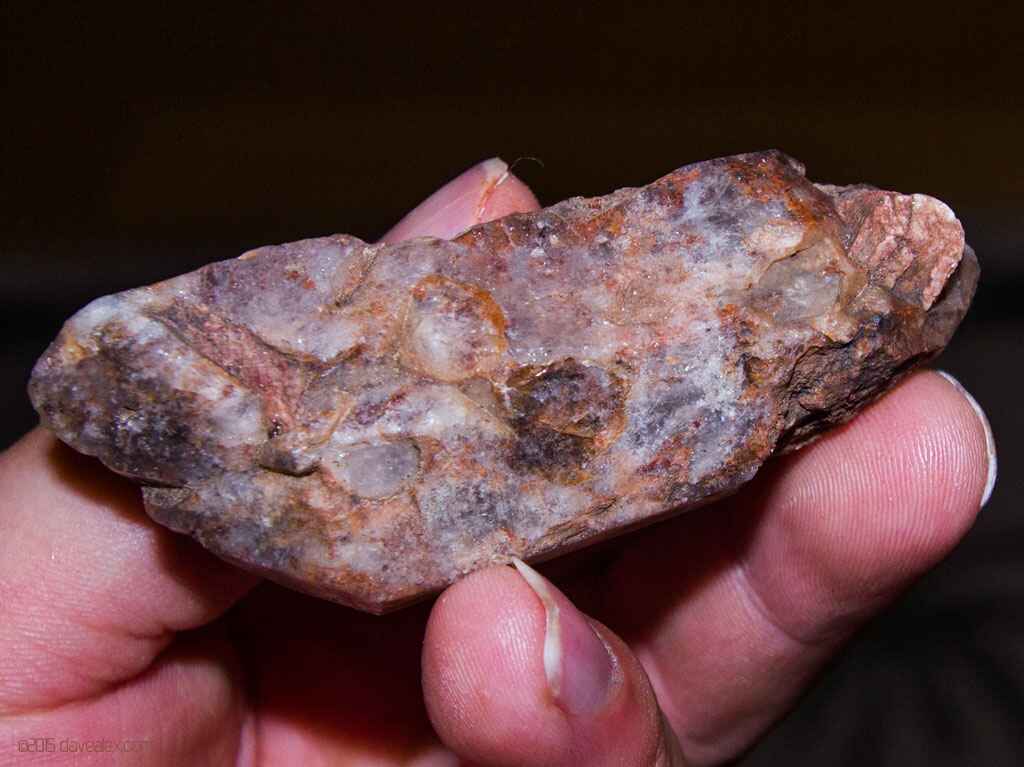
- Explore Pegmatite Veins: The area is known for its rich pegmatite veins where amazonite and smoky quartz are commonly found.
- Check Road Cuts: Look for exposed rock formations along the trails and roads leading to Devil's Head.
- Hike Established Trails: Many trails lead to productive areas for rockhounding.
- Research Specific Locations: Consult guidebooks or online resources for information on known collecting sites.
- Look for Veins and Outcrops: Minerals often form in veins and outcrops, so keep an eye out for these geological features.
- Gentle Extraction: Use tools carefully to avoid damaging specimens. Always wear safety glasses to protect your eyes.
The minerals at Devil's Head are primarily found within pegmatite veins, which are coarse-grained igneous rocks. Look for exposed pegmatite outcrops or areas where others have been digging.
Keep an eye out for loose crystals and mineral fragments on the ground, known as float. This can indicate the presence of a nearby pegmatite vein. Very importantly, before heading out, research the geology of Devil's Head and the types of minerals found there. This will help you identify potential digging spots and recognize valuable finds.
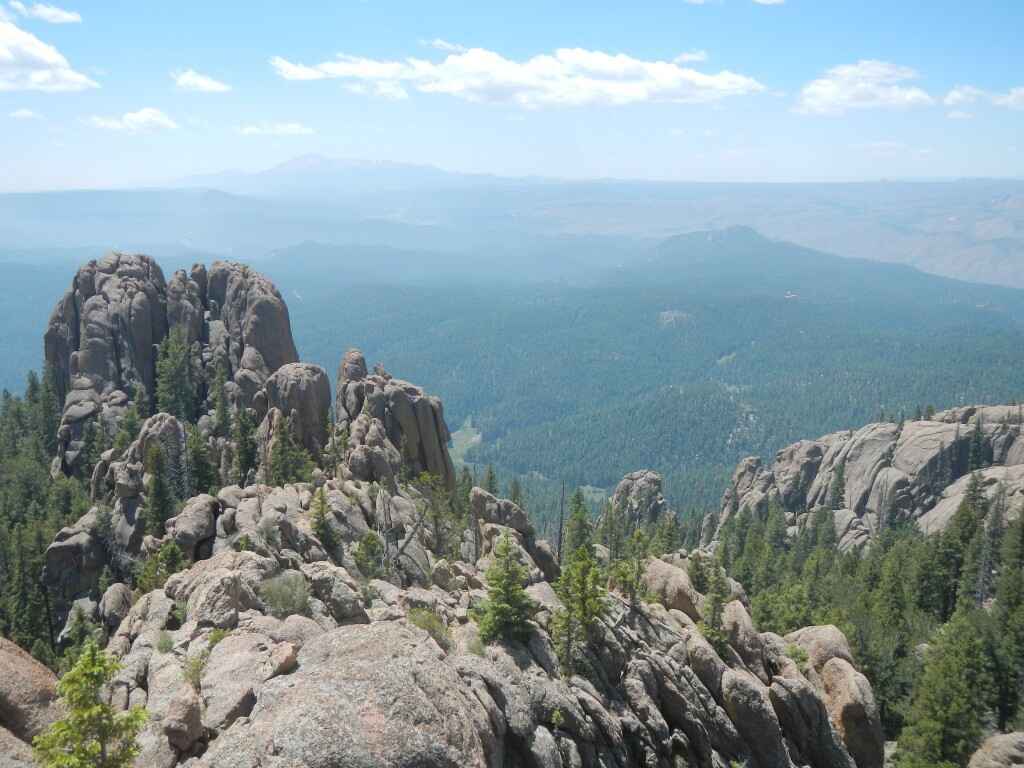
Recommended Gear
Other Dig Sites in Colorado
Colorado is a fantastic destination for rockhounding enthusiasts. With its diverse geological features and rich deposits of various minerals and gemstones, the state offers numerous dig sites that cater to both beginners and experienced rockhounds. From stunning amazonite to vibrant topaz, Colorado's dig sites provide an exciting and rewarding experience for all.
Guide Books for Rockhounding in Colorado
For those seeking more in-depth information and detailed directions to various rockhounding sites in Colorado, there are several excellent guidebooks available.
Here



